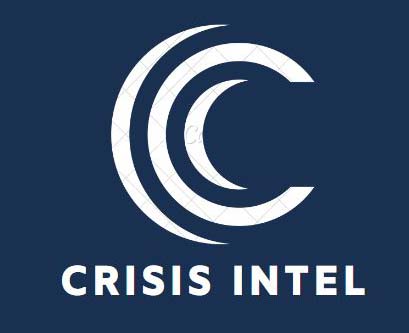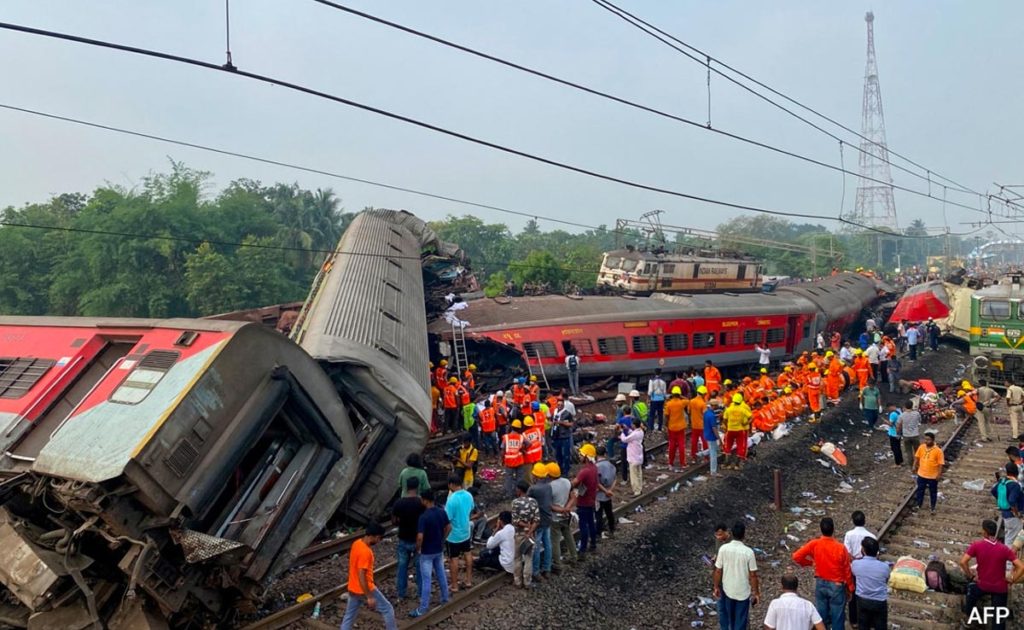Critical infrastructure refers to the sectors and systems that are integral to national security, the economy, and society’s functioning. These can include transportation (like rail networks), energy, water, telecommunications, financial services, healthcare, and government facilities. Protecting, maintaining, and upgrading this infrastructure is vital for a multitude of reasons.
1. Ensuring Safety and Preventing Disasters: As evidenced by the train accident in Odisha, lack of proper maintenance and upgrading of infrastructure can lead to catastrophic accidents, costing lives and causing significant damage. Regular inspection, preventive maintenance, and upgrades based on the latest technology can prevent such accidents and ensure public safety.
2. National Security: Critical infrastructure is a prime target for terrorist attacks, cyber threats, and espionage activities. Appropriate protective measures, like physical security measures (access controls, surveillance systems, barriers, and perimeter protection), can deter, detect, and respond to these threats, safeguarding national security.
3. Economic Stability: The functioning of the economy relies heavily on these sectors. Disruptions can lead to significant economic losses, impacting both the private sector and public services. Regular maintenance and upgrading can ensure the continuous, efficient functioning of these sectors.
4. Essential Services: Sectors like healthcare, water, and energy provide services that people’s lives depend upon. Disruptions in these sectors can lead to crises, with serious implications for public health and safety. Hence, protection and proper maintenance of these sectors are paramount.
5. Emergency Planning and Response: In case of a disaster or emergency, well-maintained and upgraded infrastructure can ensure an effective response. Emergency response plans, business continuity plans, and incident management protocols specific to these sectors can help mitigate the effects of a disaster.
6. Information Sharing and Collaboration: Collaboration among operators, government agencies, and private sector partners can ensure best practices are followed, lessons learned are applied, and threat intelligence is shared. This cooperation is vital for improving the resilience and security of critical infrastructure.
In conclusion, identifying, protecting, and maintaining critical infrastructure is of utmost importance. This requires a strategic, coordinated approach, integrating physical security measures, emergency planning, and collaborative information sharing. By doing so, countries can ensure the safety of their citizens, maintain economic stability, provide essential services, and enhance their security and resilience in the face of both natural and man-made threats.

